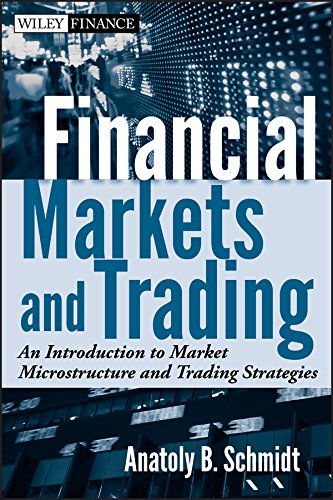In finance, a trading strategy is a fixed plan that is designed to achieve a profitable return by going long or short in markets. The main reasons that a properly.
Table of contents
The Trading section covers the differences between trading and investing, explains the asset classes, how to engage in the psychological aspects of trading, using technical indicators, and preparing yourself for live trading.

From the U. Debt Clock to a view of an Investment Time Machine, this section covers an assortment of unique topics. This content is intended to provide educational information only.
Secondary Navigation
This information should not be construed as individual or customized legal, tax, financial or investment services. As each individual's situation is unique, a qualified professional should be consulted before making legal, tax, financial and investment decisions. The educational information provided in this article does not comprise any course or a part of any course that may be used as an educational credit for any certification purpose and will not prepare any User to be accredited for any licenses in any industry and will not prepare any User to get a job.
Past results are not a guaranty of future performance.
Technical Trading Strategies and Market Efficiency
Get Started with Your Financial Education. Advertisement Hide.
Technical Trading Strategies and Market Efficiency. This process is experimental and the keywords may be updated as the learning algorithm improves.
This is a preview of subscription content, log in to check access. Appel, G. Google Scholar. Ariel, R. Basu, S. Banz, R. Black, F. Campbell, J. Cootner, P. Cornell, B. Czekaj, J. Etzkorn, M. Fama, E. French, K. Friend, I. Harris, L. Haugen, Robert A. Hull, J. Jajuga, K. Jaffe, J.